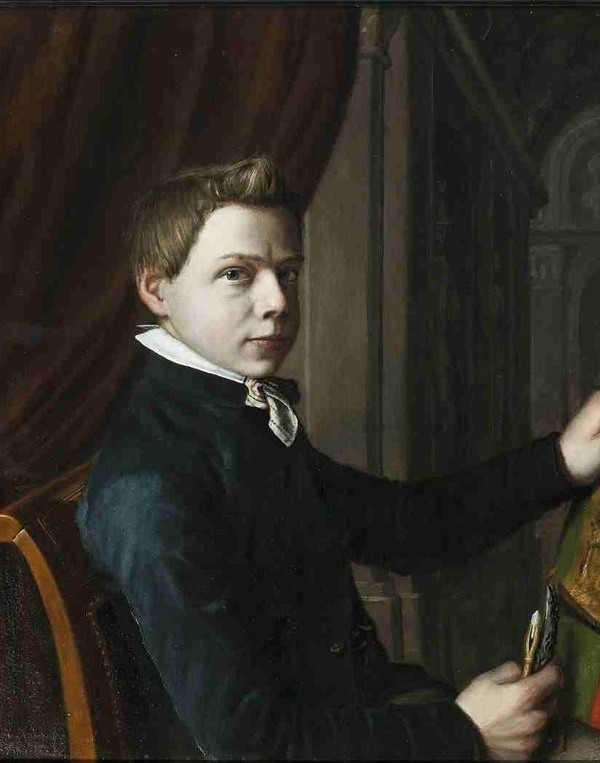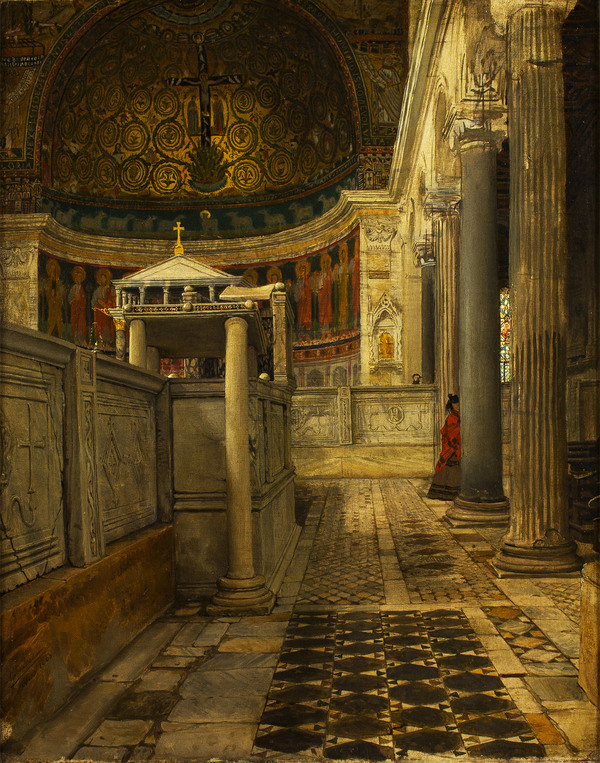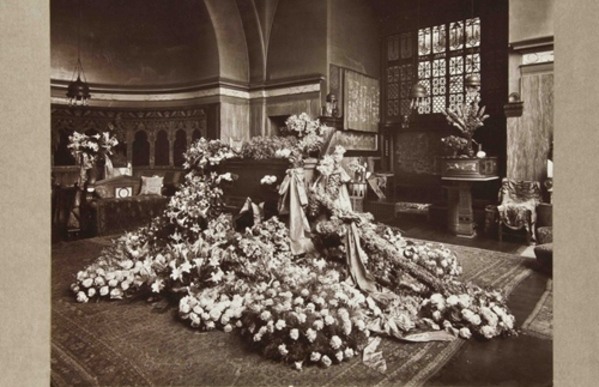an enchanted palace
Journalists came from far and wide by to write about his sensational studio home. By this time, Alma-Tadema had moved to a large villa with 66 rooms: Casa Tadema. The painter paid 70,000 pounds for its conversion. It featured Roman mosaic floors, marble columns, silver domes and fairytale vistas.
His travels to Rome were an endless source of inspiration for Alma-Tadema’s outdoor scenes. He transformed the grounds surrounding his home, Casa Tadema, into a Roman garden, with a large pond, a colonnade, a greenhouse and marble basins with carp.
A journalist described the house in 1897 as follows: ‘It is more like an enchanted palace than a London house, [...] as the garden door closes behind you, you feel as if you had stepped into fairyland’.
In 1891, a journalist and an illustrator from the magazine Elsevier’s Geïllustreerd Maandschrift came from the Netherlands to create a ‘studio portrait’ of Alma-Tadema’s home. It served as great promotion and drew the attention of new buyers to his paintings.











.jpg?width=600&height=387&mode=crop&converttowebp=1)
.jpg?width=600&height=387&mode=crop&converttowebp=1)

